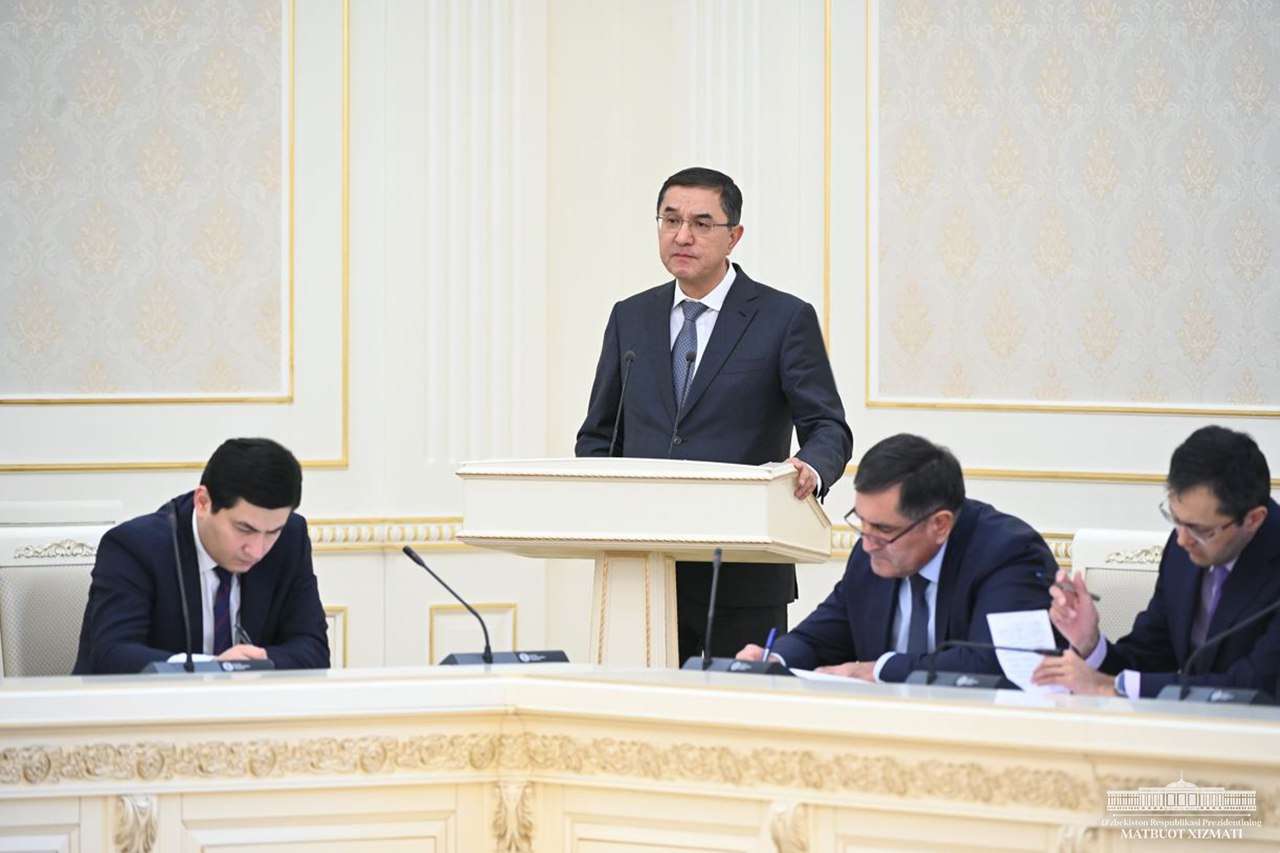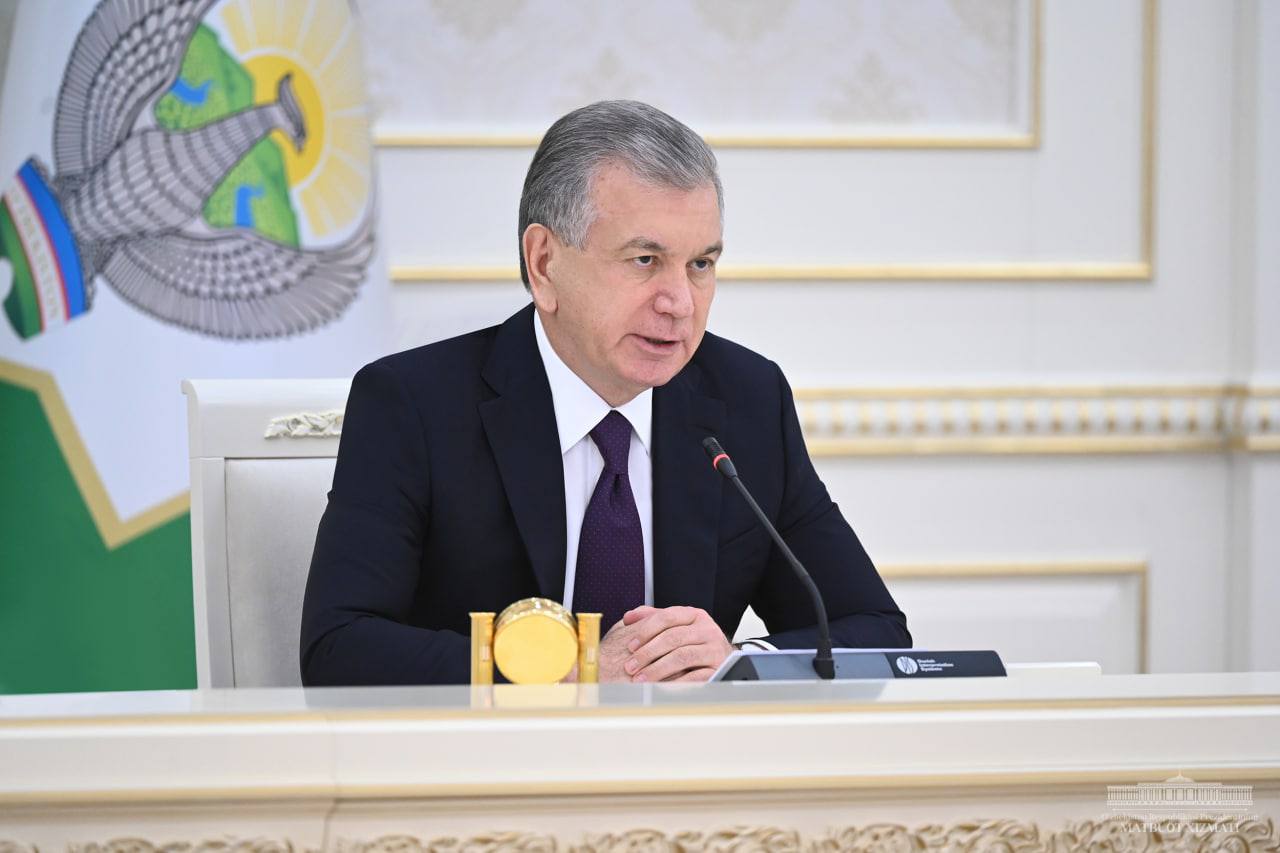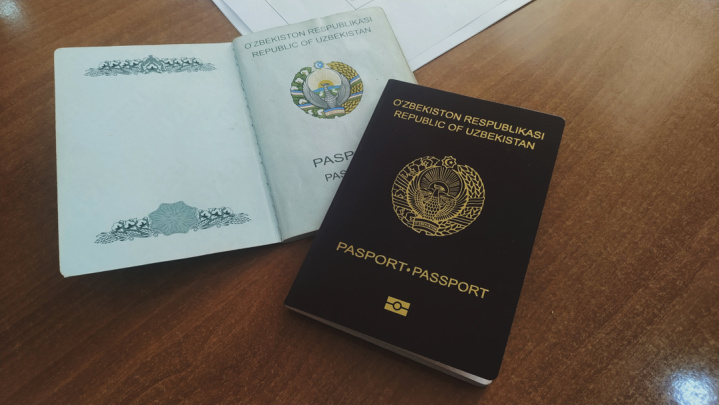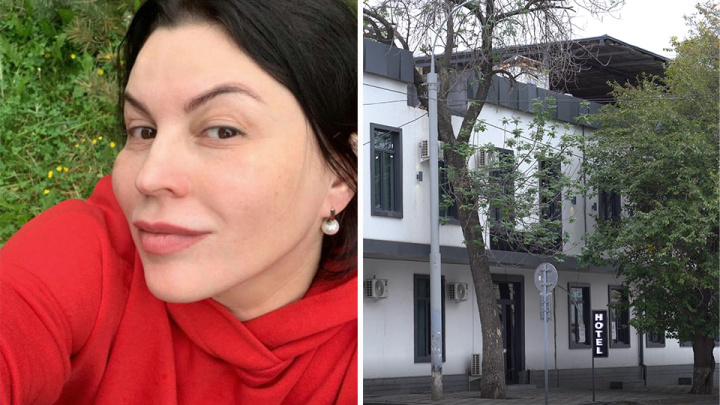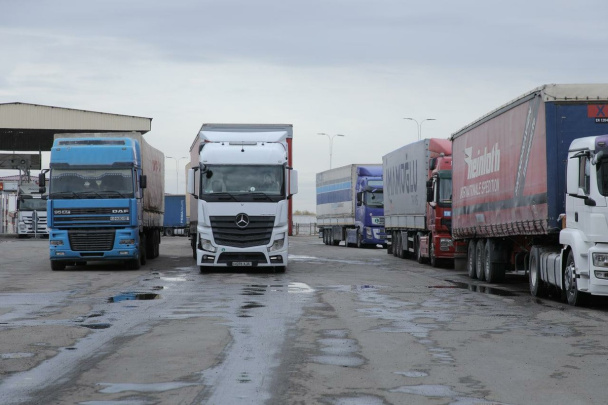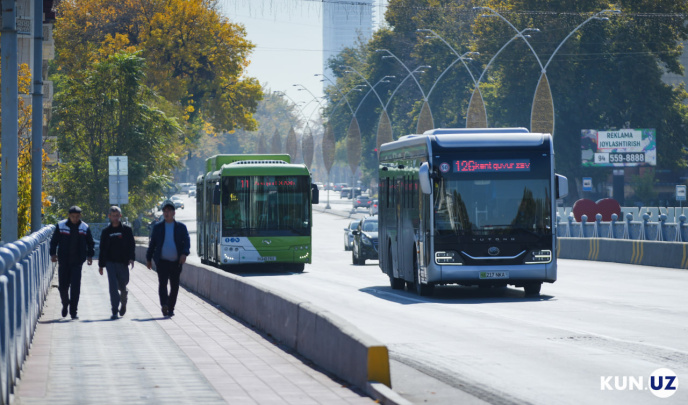The meeting analyzed the shortcomings in the field of employment. In particular, this year the number of permanent jobs has decreased in Kitab, Kasan, Mirzaabad, Narpay, Nishan and Furkat districts. The number of employees at 232,000 enterprises operating in the private sector is indicated as 1 person.
In addition, industrial production declined in 15 districts. Of the 100 thousand hectares of land intended for distribution to the population, nothing is grown on 4 thousand hectares. Based on this, a number of relevant tasks have been set for the khokims.

Discussing the tasks for the next year, the head of state outlined four main areas.
The first direction is the distribution to the population of 100,000 hectares released from cotton and grain. Thanks to this, 600 thousand people can be provided with permanent work and 900 thousand people with seasonal work.
Over 600 projects for storage, sorting and processing of agricultural products will be implemented. $400 million raised from international financial institutions will be prioritized for those projects that will create more jobs.
In order to increase the interest of silk cocoon producers, this area will also be liberalized. From now on, cocoons will be purchased from the population at a price not lower than the cost on the world exchange. This will provide employment for at least 500 thousand people and increase their income by 2-3 times.
The second direction is the development of entrepreneurship. To do this, micro-centers will be created in a thousand mahallas with a high level of unemployment. 255 central and 274 intra-mahalla streets in the field will be turned into streets of trade and services. The auctioning of more than 3,000 land plots along the highways will also be a good opportunity for new jobs in the service sector.
In this regard, the task was set to realize free plots and facilities for doing business.
Within the framework of the third direction, the possibilities of industry will be involved. In particular, the implementation of 300 large projects worth $8 billion and 1,300 projects worth 16 trillion soums in industrial zones will create high-paying jobs. 536 non-metallic deposits will be put up for auction and new enterprises in the building materials industry will be launched.
In general, investment projects and local industry can create a total of 320,000 permanent jobs.
The fourth direction is the construction industry. As part of all projects, it is planned to build 90,000 housing units next year. The President stressed the need to simplify labor contracts when hiring workers in the construction industry. This will attract workers in the informal sector to legal activities.

At the end of the meeting, the deputy prime ministers, ministers and khokims presented information on the upcoming work in fulfillment of the tasks set.
